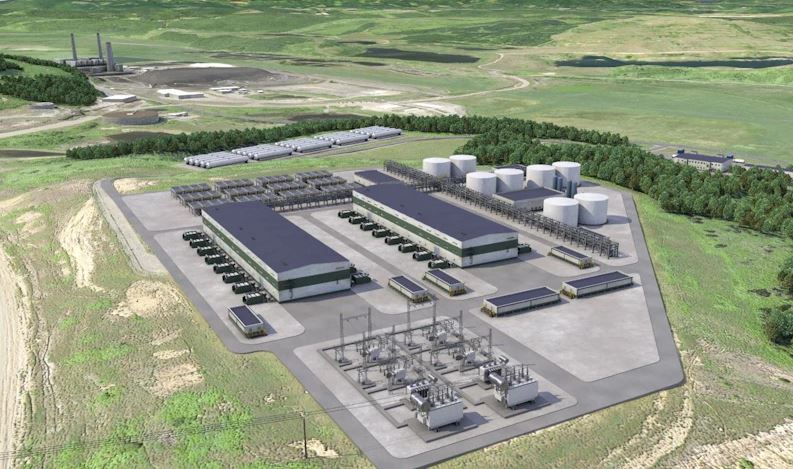The United States government has announced that seven regional clean hydrogen hubs across the country will share $11.11 billion of federal funding as it looks to kickstart a national network of renewable hydrogen producers, consumers, and connective infrastructure while supporting the production, storage, delivery, and end-use of clean hydrogen.
Fortescue, which is planning to construct a large-scale green hydrogen production plant near Centralia in the state of Washington, is among a network of hydrogen suppliers and off-takers that make up the Pacific Northwest Hydrogen Hub.
The hub, which includes projects in the states of Washington, Oregon and Montana, is expected to receive up to $1.59 billion in funding, in part to support the development of Fortescue’s Centralia project.
The proposed facility, to be developed adjacent to Washington’s last coal-fired power plant, which is scheduled to be retired permanently in 2025, would produce green hydrogen at scale for use locally in the Pacific NorthWest in heavy-duty transportation, grid reliability, industrial processes, and other hard-to-abate sectors.
Fortescue said the funding will allow it to advance the planning, detailed design, environmental permitting, and procurement of long-lead equipment.
“There is no place better in the world to be investing in renewable and green energy projects right now than the U.S.,” Fortescue Executive Chairman Andrew Forrest said.
“Federal funding like this, alongside other incentives in the Inflation Reduction Act, go a long way to helping reduce risk and accelerate the wide-spread production of green hydrogen.”
Fortescue said the Centralia project is currently in the design stage, with full permitting to follow. Project construction is anticipated to start in 2026 and continue into 2028, subject to a final investment decision by the Fortescue board.
The White House said the Pacific NorthWest and the other six selected regional clean hydrogen hubs are collectively expected to produce more than three million metric tons of green hydrogen annually, which is estimated will eliminate 25 million metric tons of carbon dioxide emissions from end uses each year.
This content is protected by copyright and may not be reused. If you want to cooperate with us and would like to reuse some of our content, please contact: editors@pv-magazine.com.









By submitting this form you agree to pv magazine using your data for the purposes of publishing your comment.
Your personal data will only be disclosed or otherwise transmitted to third parties for the purposes of spam filtering or if this is necessary for technical maintenance of the website. Any other transfer to third parties will not take place unless this is justified on the basis of applicable data protection regulations or if pv magazine is legally obliged to do so.
You may revoke this consent at any time with effect for the future, in which case your personal data will be deleted immediately. Otherwise, your data will be deleted if pv magazine has processed your request or the purpose of data storage is fulfilled.
Further information on data privacy can be found in our Data Protection Policy.